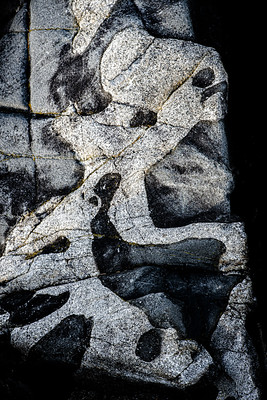…of provocative bits:
Meet your new landlord, the Big Tech “data rentier”:
ON DATA RENTIERSHIP IN ‘BIG TECH’: WHY SILICON VALLEY MIGHT NOT BE THE INNOVATION MODEL WE’RE LOOKING FOR
By discoversociety January 08, 2020
Kean D Birch
…the increasing trend amongst tech companies towards innovation goals and strategies framed by the pursuit and creation of monopolies, market power, or regulatory capture – that is, of economic rents – as opposed to the creation of new goods, services, and markets… a key characteristic of Silicon Valley is the pursuit and entrenchment of a strong intellectual property (IP) regime.
=====
Living the Stories of Astounding Futures
mcgeesmusings.net
What science fiction makes you think about is the interaction between the relentless advance of technology and the equally relentless commitment to the status quo of groups and organizations. People are gonna people whether they travel by covered wagon or starship.
What science fiction encourages you to do is to think about how people will react in any kind of scenario. And, it gives you permission to imagine a much richer variety of possible scenarios beyond what history or contemporary society serve up.
=====
Mapping how railroads built America: a superb 15-minute Financial Times MAPTASTIC video, with transcript of audio
A new look at antique US railroad maps reveals how cities grew over the past 200 years. The FT’s Alan Smith and Steven Bernard trace how cities, people and the economy spread from coast to coast
and see QGIS Uncovered, Steven Bernard’s video tutorials
and see Dataverse.Harvard.Edu, “a repository for research data”









